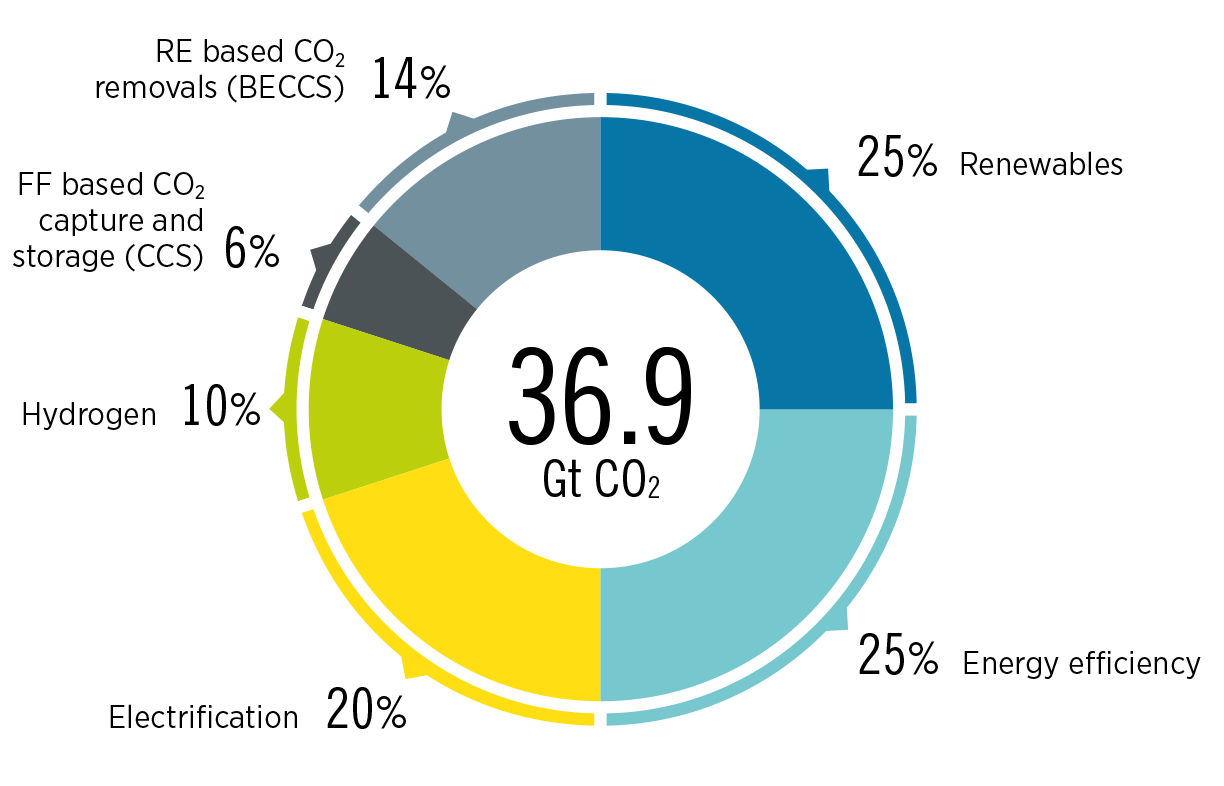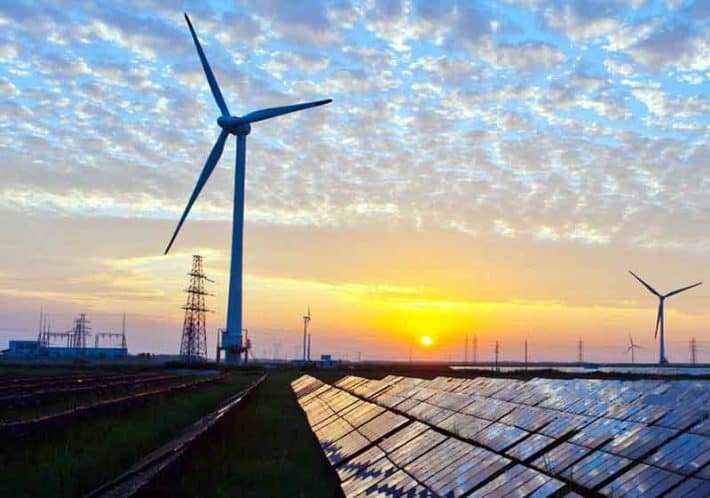Revolutionizing Clean Energy: The Industrial Hydrogen Electrolyzer
In the realm of clean energy, the industrial hydrogen electrolyzer emerges as a transformative technology with the potential to reshape our energy landscape. From renewable energy storage to decarbonizing industrial processes, this innovative device holds promise for a sustainable future powered by hydrogen.
Understanding the Industrial Hydrogen Electrolyzer
At its core, an industrial hydrogen electrolyzer is a device that uses electricity to split water into hydrogen and oxygen molecules through a process called electrolysis. This hydrogen can then be stored, transported, and used as a clean energy source in various applications, ranging from fuel cell vehicles to industrial manufacturing.
Advancements in Electrolyzer Technology
In recent years, significant advancements in electrolyzer technology have made industrial-scale hydrogen production more efficient, cost-effective, and scalable. High-pressure electrolyzers, alkaline electrolyzers, and proton exchange membrane (PEM) electrolyzers are among the most common types, each offering unique benefits and applications. These technological innovations are driving the widespread adoption of hydrogen as a clean energy carrier.
Integration with Renewable Energy Sources
One of the key advantages of industrial hydrogen electrolyzers is their ability to integrate seamlessly with renewable energy sources such as solar and wind power. By utilizing excess electricity generated from renewable sources during periods of low demand, electrolyzers can produce hydrogen efficiently and sustainably. This process, known as power-to-gas, enables the storage and utilization of renewable energy on a large scale, enhancing grid stability and resilience.
Decarbonizing Industrial Processes
Beyond energy storage, industrial hydrogen electrolyzers play a crucial role in decarbonizing various industrial processes. Hydrogen serves as a versatile feedstock for chemical manufacturing, refining, and steel production, offering a clean alternative to fossil fuels. By replacing traditional carbon-intensive fuels with hydrogen, industries can significantly reduce their carbon footprint and contribute to global efforts to combat climate change.
Fueling the Transition to Hydrogen Economy
As the world strives to transition towards a hydrogen economy, industrial hydrogen electrolyzers are poised to play a central role in enabling this shift. By producing green hydrogen from renewable sources, electrolyzers offer a sustainable pathway to a carbon-neutral future. This transition holds the potential to create new industries, jobs, and economic opportunities while mitigating the environmental impacts of traditional energy sources.
Scaling Up Deployment and Infrastructure
To realize the full potential of industrial hydrogen electrolyzers, concerted efforts are needed to scale up deployment and invest in hydrogen infrastructure. This includes building dedicated hydrogen production facilities, expanding hydrogen refueling stations, and developing transportation and storage infrastructure for hydrogen gas. Government support, private investment, and collaborative partnerships are essential for accelerating the growth of the hydrogen economy.
Unlocking the Promise of Hydrogen
In conclusion, the industrial hydrogen electrolyzer represents a critical enabler of the transition to a clean and sustainable energy future. By harnessing the power of electrolysis to produce hydrogen from renewable sources, this innovative technology holds the key to unlocking the promise of hydrogen as a clean energy carrier. With continued advancements and investment, industrial hydrogen electrolyzers will play a pivotal role in shaping a




